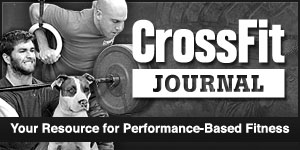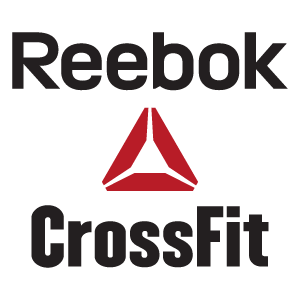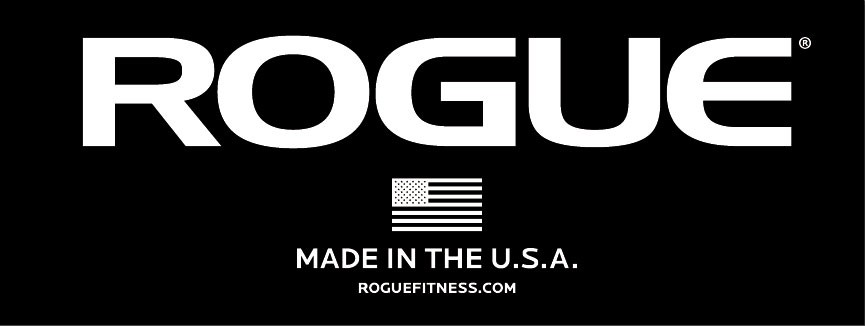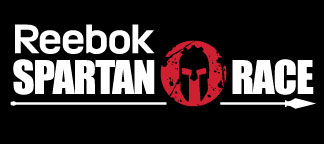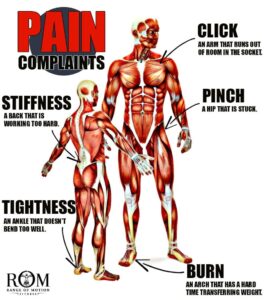
When we talk PAIN, athletes generally start with one of two choices:
NUMBER ONE – They GOOGLE how they feel.
They include symptoms, descriptions of what creates the pain and maybe a location on their body. In under a second it is not uncommon to get 500000 results. (TRY IT!! GOOGLE – back pain, deadlifts & squats) That is a lot of opinions, terms, treatment options, expectations, and often many confusing and BIG WORDS!
THIS IS NOT GOOD!
Big Words + Frustrations = Athletes who aren’t confident they can get better.
NUMBER TWO – They do NOTHING.
Denial is always an easy way out. No athlete wants to admit to being injured or being in pain. Being in pain or being injured means that typically there is no training and that an athlete is forced to sit out. For an athlete chasing a goal this can be very damaging emotionally and psychologically….so they push through the pain of being injured.
THIS IS NOT GOOD!
An injured joint + stress of exercise = An athlete who gets even worse.
SO……,” What do we do?”
MAKE IT SIMPLE.
Every good relationship is built on COMMUNICATION. Now obviously, pain is a very personal thing BUT if we understand what our body is telling us than we can be more confident in HOW we go about treating it ourselves or working with a specialist. The goal of this article is cover THE FIVE MOST COMPLAINTS OF PAIN that I hear from Crossfit athletes from all over the world.
YES…there are PHYSICIANS, SURGEONS and HIGH-LEVEL STUDENTS of ANATOMY that “Forge Elite Fitness,” but for the scope of this article let’s talk about the most common athlete.
When we talk about the average Crossfit athlete we are talking about the man or woman that wakes up at 5 o’clock to drive in traffic for two hours to get to a job that they don’t want to be at for another eight only so they can drive back another two hours so they can head to their gym. These are typically people who look at fitness to feel good about themselves. Crossfit is so good at creating a sense of individual empowerment. A PR on a Snatch or Back Squat will make a person feel in a way that can’t be duplicated. To take this away from a person can be crippling.
When we talk the average CROSSFIT athlete we are also talking the person who couldn’t tell you the difference between SUBACROMINAL SPACE and the LINEA ABLA. As a matter fact, they don’t care and GUESS WHAT…. they don’t really need to care.
“So what does an athlete need to know?”
GRADE SCHOOL: It is all connected
The things the athlete need to know starts back with what they learned in grade. It goes back to the song we learned when we were 6 years old,
“The foot bone is connected to the ankle bone, the ankle bone is connected to the leg bone, the leg bone to the……”
This song really should be an anthem for athletes that are frustrated with being in pain. Often, our inclinations are correct, if something is tight we should stretch it. I think all understand that tightness changes how we move. Additionally, we all understand that when we change how move we can set our body for stresses that easily lead to injury.
Once we can channel our youth, it makes it easier to understand why all the stretching in the world doesn’t seem to be helping getting ankles to be any less stiff. Go back to the opening line of the song for a second….
“The foot bone is connected to the ankle bone; the ankle bone is connected to the leg bone….”

So by now you are either thinking one of two things,
- “So…that is obvious.”
- “I get it!!!”
Yes. It is plain and clear how the foot and ankle is put together with the lower leg. What you need to understand now is that if you have been working hard at just the ankle to get the ankle to move better, you have been missing something. Don’t worry I am going to tie up some answers in just a bit.
The Five Most Common Complaints of Pain: Bones shouldn’t CLICK, Muscles shouldn’t BURN….
Again, when talking with the average Crossfit athlete we don’t need a whole lot of sophistication to attempt some self-treatment type techniques. Before we do so we really need to understand the following is NOT NORMAL:
- Pinching feeling when try to stretch just a little bit more.
- Clicking or cracking sounds coming ANYWHERE in your body
- Tightness…. like ALL OF THE TIME!!
- Burning as soon as you start moving a little bit.
- Stiffness that doesn’t seem to go away.
1. “What is that “PINCH” in my hip?”
This is one the biggest complaints for those athletes who,
- Do a lot of squatting and/or sitting (i.e. flexing at the hip).
- Have had an old leg injury (often on the opposite side).
WHY: A pinch in the hip often times there isn’t a whole lot room for the ball that sits around in the hip socket to “roll around.” Often, this means that the athletes hip has tilted too far forward and has a tailbone that has shifted over.
WHAT TO DO: Make some space. This is where the jump bands come in handy. Often times, if we use the band appropriately we can use the bands not to just stretch muscles but actually apply some traction and separate two bones that are too close to one another. Take a look here for a few ideas:
FIX A "PINCH" IN THE HIP (1 minute)A hip the feels as if it "pinches," is a leg that is running out of room. This isn't a good thing!!!CLUES that this could be something you need to do:(1) Your shoes have an uneven wear pattern.(2) Hip and low back pain.(3) Your big toe is crooked and/or callus on the in-step of your foot.(4) You "shift" as you squat.GET a Personalized Mobility Plan made via Skype. I work with athletes all over the world. Please message me for details.Become a Better Human
Gepostet von Range of Motion am Samstag, 20. Mai 2017
WHAT YOU REALLY NEED TO DO: Figure out WHY you are shifting over.



